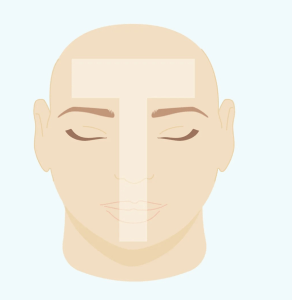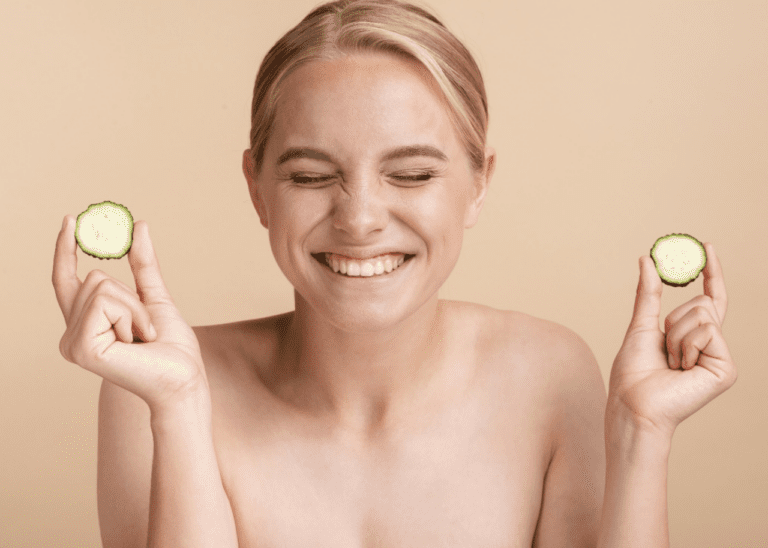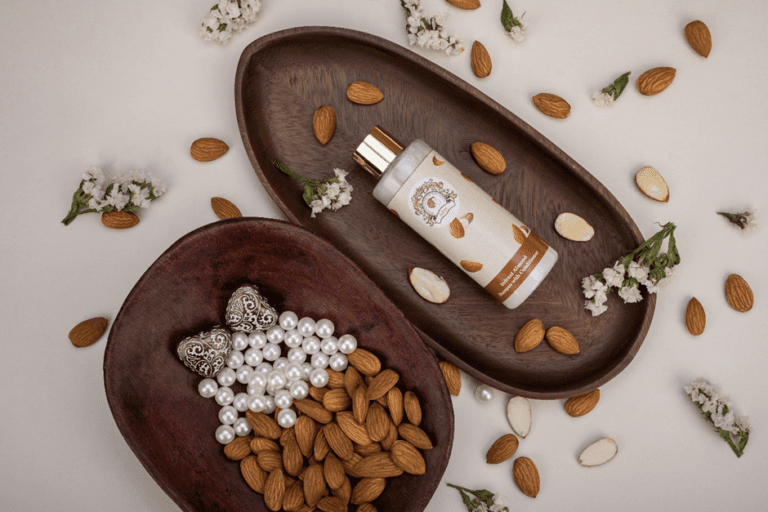In your skin, there are many sebaceous glands. Sebum, or oil, is produced by these glands and aids in hydrating and protecting your skin.

But sometimes your glands can produce an excessive amount of oil. This could make your skin appear glossy or make acne more likely.
You’re not the only one with an oily T-zone. You may be seeking for methods to control oiliness in the T-zone because it is so prone to greasiness and acne outbreaks.
What’s a T-zone?
Your T-zone is the part of your face that includes your:
•forehead
•nose
•chin
Together, these features create the shape of a T, which is why it’s called the T-zone.
Fortunately, you have a few options for treating an oily T-zone. We’ll look more closely at the skin care practises in this post that could help lessen breakouts and unsightly shine in this area.
Your T-zone has more oil glands than the rest of your face. It is hence more prone to acne and tends to be oilier.
Particularly, a combination of excessive oil and dead skin cells frequently leads to acne. Whiteheads and blackheads are the result of this clogging your pores.
Bacteria can grow and create painful pimples when the oil builds up, including
pustules\spapules\scysts
Taking care of an oily T-zone
The trick with this area is to get rid of extra oil without making your skin dry. Certain skin care routines might help control greasiness and lessen acne flare-ups when used regularly.
These seven steps will help you control an oily or acne-prone T-zone.
1. Daily facial cleansing
Regular face washing is one of the greatest ways to manage an oily T-zone. Excess sebum, coupled with pollution, bacteria, and dead skin cells, are all removed by washing your face.
When should you cleanse your face?
before going to bed in the evening, just after working out or perspiring in the morning
If you have active acne, wash your face gently. It can irritate and make your skin red to scrub or scrape it vigorously.
daily use of moisturiser
It may seem counterproductive to apply a moisturiser if your T-zone is greasy. However, this is a crucial step in moisturising your skin. Again, very dry skin will cause your oil glands to produce more oil.
After cleansing your face, moisturise. Select an item that:
oil-free\noncomedogenic
If you have oily skin or it’s humid outside, use a gel. If you have normal or combination skin, use a lotion.
Additionally, you might want to alternate between using a lotion and a gel moisturiser on your T-zone. Keep creams away from your T-zone. The greatest skin type for creams is dry skin.
Utilizing a moisturiser with an integrated SPF could be a smart move.
Hope it helps!



